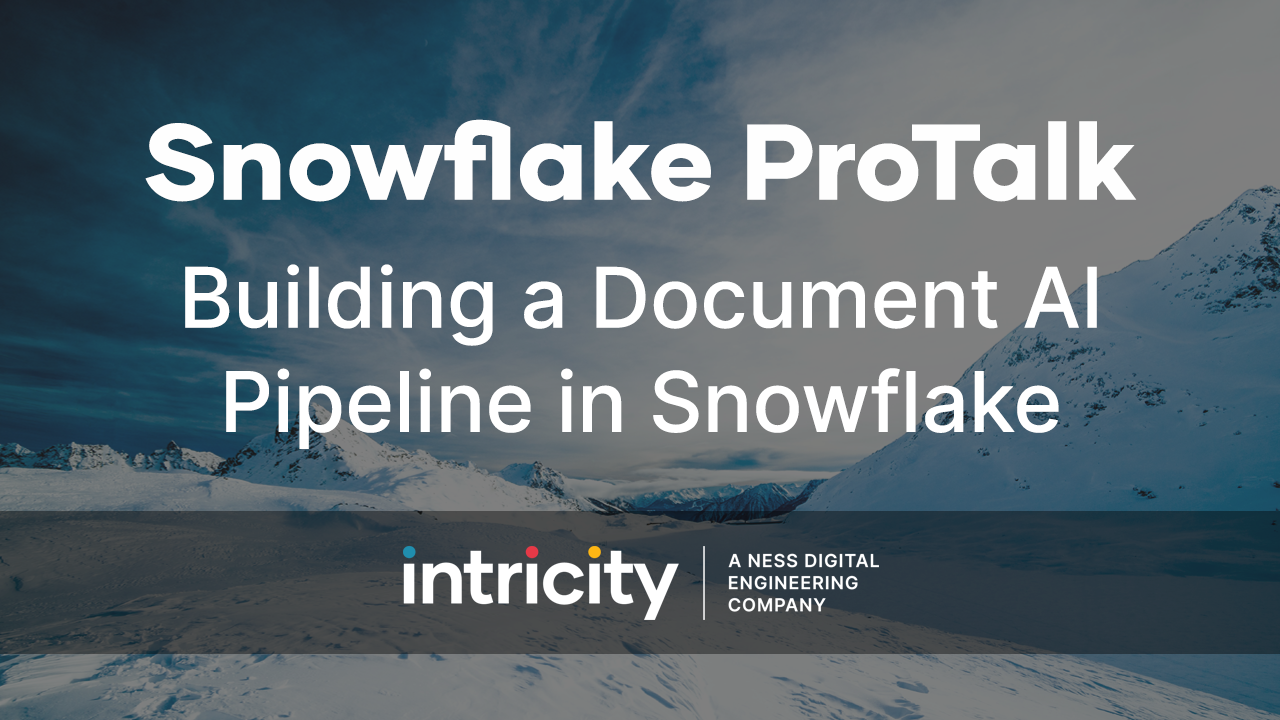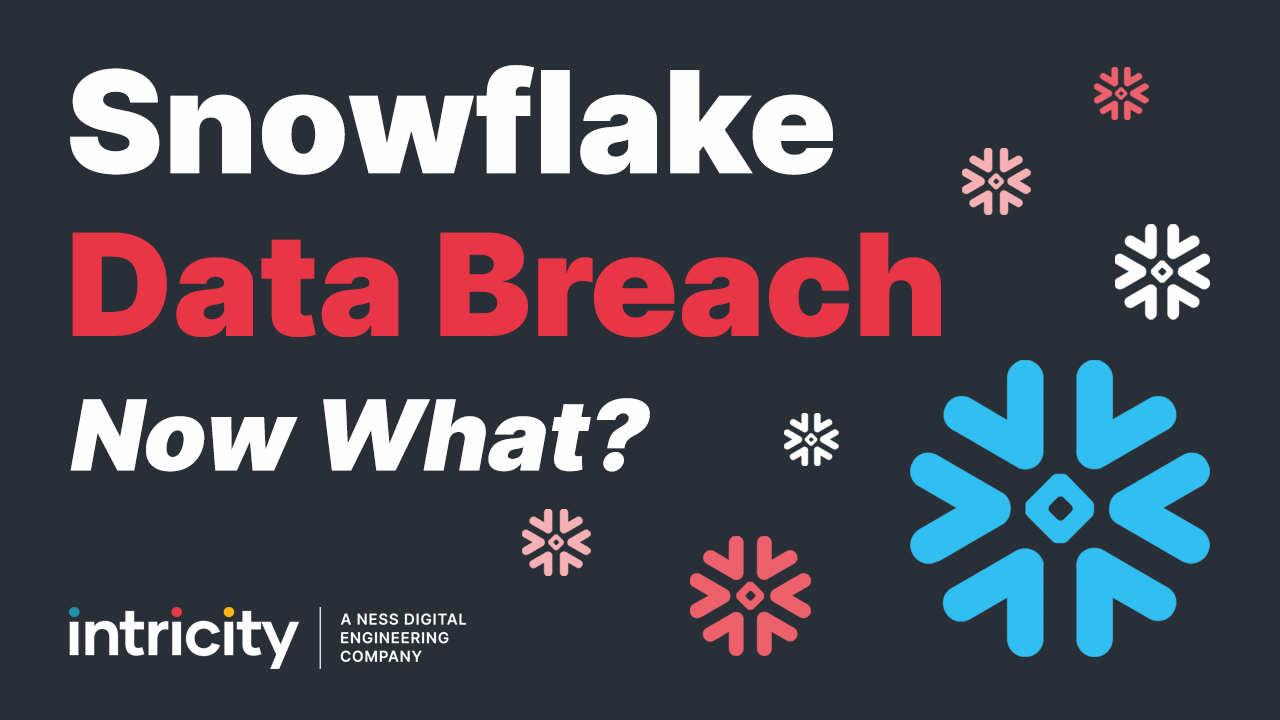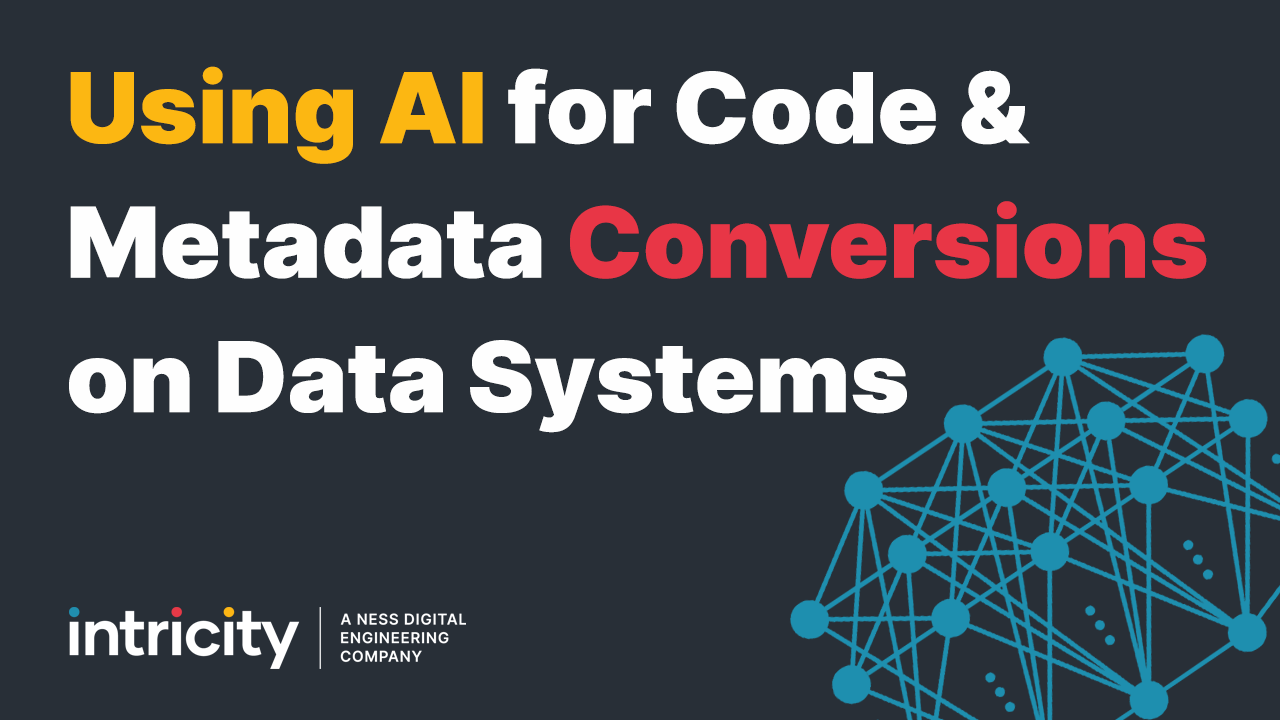Watch our latest Video: What is a CDP?
CDP has become one of those overused terms that people can't even accurately describe. Everybody is selling it, but what is it?
Read the Case Study: Large Scale Entity Resolution Powered By Snowflake
Referenced Video: DW vs MDM
TRANSCRIPT
Hi I’m Jared Hillam. In the retail world there is a term called “category killer”. A category killer is a retail store that hyper focuses on a single category type like sporting goods, arts and crafts, or hardware.
Over the last 8 years or so the term Customer Data Platform or CDP emerged, which has been somewhat of a category killer of its own. The use of the term CDP has been adopted by so many product companies that frankly most organizations can’t even tell what the base value statement of a Customer Data Platform is.
Now if you’ve followed our channel then you know how much I despise the rebranding of old methodologies and selling them as shiny new buzzwords. Unfortunately, that does somewhat apply to CDP, but in this case there were some good outcomes that came from that rebranding.
Now, let me give you a little history. If you rewind the clock 15 years and you took a standard Master Data Management project or even a Data Warehousing project, their most likely domain to conform was something related to the customer relationship. So if it was a Data Warehouse, it usually focused on customer transactions, if it was a Master Data Management solution it focused on conforming the customers descriptive attributes. If you need a refresher on the differences between Master Data Management and Data Warehousing you’ll want to check out the video titled DW vs MDM.
The subject matter of “customer” was so common that vendors began to offer it as a category killer, and launched their solutions as new companies. Much was tacked on to these solutions, but the base value is in conforming customer records and making customer analytics and segmentation more obtainable. Now as I mentioned earlier most of the offerings in CDP were part of standard data management solution sets. However, the increased focus on the customer domain really helped emerging technologies hone their offerings to simplify the handshake between applications housing customer data and its centralization. Additionally, this focus generated a huge number of startups with new application use cases like ecommerce, B2B sales, advertising, and machine learning segmentation. So while the core engineering of the back end is essentially the same as mastering customer attributes and conforming transactions, the packaged front end applications vastly increased the usability of that data. So there really is some beef to CDP, especially if you fit the most common packaged use cases.
One of the opportunities for CDP is tuning for better performance. Most CDP platforms have been around for quite some time, and a common complaint is the performance can be a little slow. This is because the problem of truly consolidating customer records isn’t as simple as it may seem. Some organizations have many millions of customers on a regular basis. Consolidating that kind of volume can create a mathematical challenge. In a recent case study Intricity published, one of its customers needed to compare 40 billion records to consolidate duplicates. Mathematically that number of record comparisons works out to 8 quintillion comparisons, yeah that’s a number I haven’t heard used much either. So we’re not talking about a casual compute problem.
To solve this problem, Intricity leveraged Snowflake to scale a highly efficient supervised machine learning backbone which Intricity developed. If you would like to learn more about this case study I’ve left a link to it in the video description, additionally if you’re trying to solve this problem within your organization I suggest reaching out t o Intricity to help you architect a solution, and we’ve included a link for that as well.


